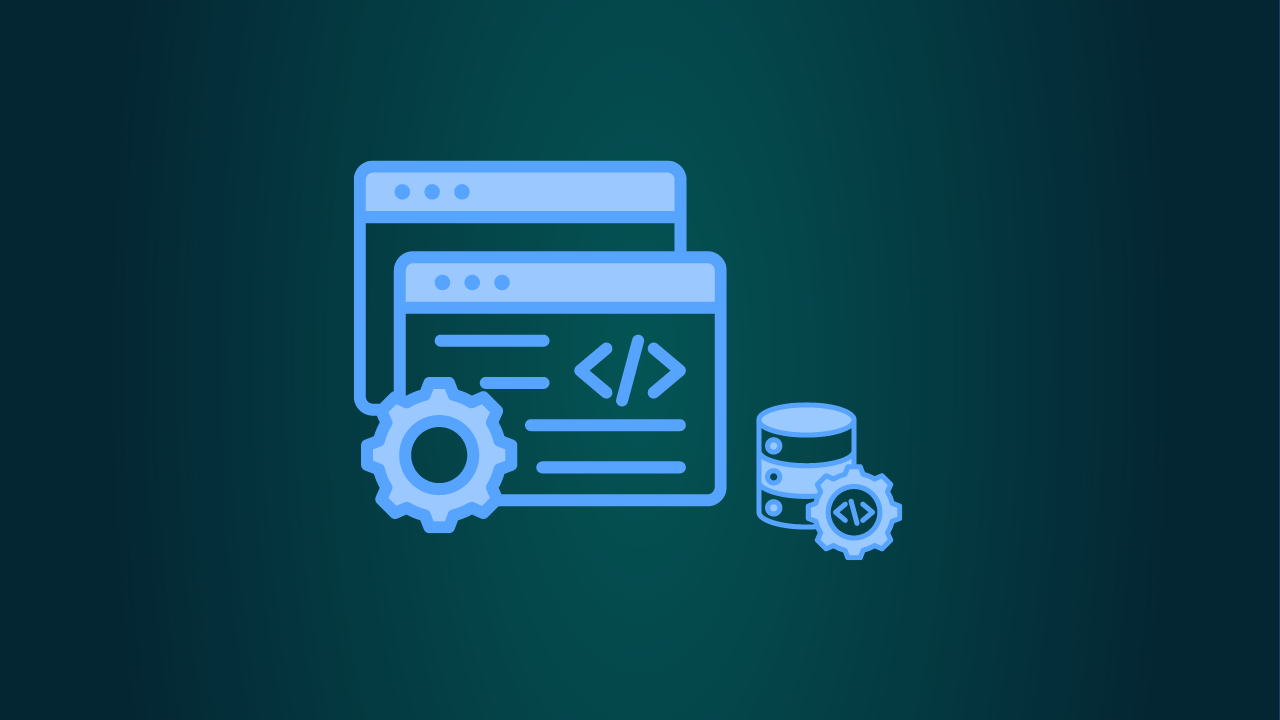
Data parsing is an indispensable technical means in modern data processing and information management. In the era of big data, enterprises and individuals are dealing with large amounts of data every day. These data usually come from multiple formats and sources, which may be structured databases, semi-structured JSON files, or even unstructured text. In order to extract valuable information from these data, data parsers play an important role.
This article will explain in detail what data parsing is, its technical process, the role of data parsers, the benefits of data parsing, and the considerations when building and purchasing data parsing tools.
What is data parsing?
Data parsing refers to the process of analyzing and transforming raw data according to specific formats or rules. Its purpose is to transform unstructured or semi-structured data into a structured data form that is easy to process and analyze.
Data parsing is widely used in different fields, from processing text data on web pages, to analyzing IoT data generated by sensors, to processing data from application programming interfaces (APIs).
As a core tool, the data parser can automate this complex process so that the data can be effectively used in subsequent data analysis, storage, and application.

The role of the data parser
A data parser is a tool or program that performs the data parsing process. Its main functions are as follows:
Format conversion
The data parser can convert the original and diverse data formats into a unified and structured data format, such as converting XML or JSON into tabular data, or extracting useful information from log files.
Syntax Analysis
The parser can identify the grammatical structure in the data and analyze it according to predefined rules. For example, when parsing JSON, the parser will check whether the format of the data conforms to the specified JSON syntax specifications, such as bracket matching, correct key-value pairs, etc.
Data Validation
The data parser can also validate the input data to ensure the completeness and accuracy of the data. For example, some parsers will check whether the type of the field is correct or whether certain required fields exist.
Data Cleaning and Transformation
In addition to simple format conversion, the parser can also clean and transform the data, including handling missing values, removing duplicate data, standardizing the format, etc. This is very important to ensure data quality and consistency.
Output structured data
The final output of the data parser is usually structured data, which can be JSON, XML or records stored in the database. These data provide the basis for subsequent data analysis, machine learning and business decisions.
Data parsing technical process
The process of data parsing is a complex and systematic technical process, which usually includes the following steps:
Data collection and reading
The first step of data parsing is to collect data from different sources. These sources can be web page data captured by web crawlers, IoT data generated by sensors, data returned by APIs, etc. After the data is collected, the parser will read the data and use corresponding reading tools for data in different formats (such as JSON, XML, CSV).
Syntax Parsing
After reading the data, the parser performs syntax parsing. It checks the structure of the data according to predefined rules (such as the format specifications of JSON or XML). The syntax parser breaks the data into "tokens" and builds a tree structure of the data based on these tokens.
Data Extraction and Transformation
After completing the syntax parsing, the parser extracts the required information from the data. This process includes extracting the values from the original data and transforming them according to the user's needs. For example, XML data can be converted to JSON format, or data in a text file can be extracted into a structured table.
Data Cleaning and Validation
During the process of extracting data, the parser cleans and validates the data. This includes removing redundant data, handling missing values, standardizing data formats, etc. Data validation is to ensure the quality and consistency of data and prevent erroneous data from entering downstream systems.
Structured output
Parsed and processed data is usually output in a structured format, which can be a table in a database, an Excel file, or a JSON or CSV file directly used for analysis and modeling.
Build vs. buy data parsing tools
When choosing a data parsing tool, companies face the choice of building a custom parser and buying an off-the-shelf tool. Each choice has its advantages and challenges.
Build a custom parser
Building a custom data parser is usually suitable when the company has very specific data parsing needs.
The advantages of this approach include:
Customized solution: A custom parser can be developed based on the specific needs of the enterprise, ensuring that it can handle unique data formats or special business logic.
Full control: Building a custom tool gives the enterprise full control over the entire parsing process, allowing it to be adjusted and optimized as needed.
Strong scalability: Custom tools can be expanded based on the growth of the enterprise's data volume and changes in complexity, and are more flexible.
But the disadvantages of custom parsers are:
High development cost: Building a parser requires a professional technical team, high development costs, and requires ongoing maintenance.
Long development time: It usually takes a long time to build a parser, especially for scenarios that deal with complex data structures.
Purchase ready-made data parsing tools
Ready-made parsing tools provide a fast and efficient solution, especially for enterprises that need to quickly deploy data parsing capabilities.
The advantages of purchasing ready-made tools include:
Fast deployment: Ready-made tools have been maturely developed and tested and can be quickly deployed to production environments, reducing the development time of enterprises.
Technical support: Commercial parsing tools usually provide technical support to help enterprises solve problems encountered during use.
Continuous updates: Commercial tools are usually continuously updated and upgraded to adapt to emerging data formats and technical requirements.
The disadvantages of buying off-the-shelf tools are:
Insufficient customization: Off-the-shelf tools may not fully meet the customization needs of enterprises, especially when the data format or parsing logic is very complex.
High long-term costs: Some commercial tools may require ongoing subscription fees, which have high long-term costs.
Conclusion
Data parsing is a key technology in modern information processing, which can transform large amounts of raw data into structured data for analysis and decision-making. By choosing a data parser reasonably, enterprises can improve the efficiency and accuracy of data processing. When choosing a parsing tool, enterprises should weigh the flexibility of building a custom tool against the convenience of purchasing an off-the-shelf tool, and make the best choice based on their own needs.If you have any questions, feel free to contact us at [email protected] or via live chat.







































